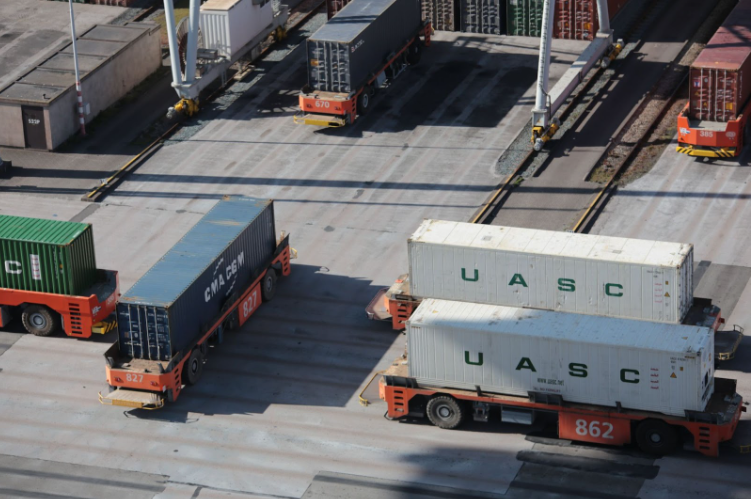In transportation and shipping, it is necessary to know and use many specialized designations. Among them are CN codes relating to the Combined Nomenclature. Their knowledge is extremely important for both import, export and the new VAT rate matrix. What are CN codes and what are the rules for applying the Combined Nomenclature?
What is a CN code?
The Combined Nomenclature, or CN codes, are a systematized classification of goods that was created for customs purposes. These, in turn, organize all items and articles in circulation. CN codes are an extension of the Harmonized Commodity Description and Coding System (HS) – common to most countries around the world. The Combined Nomenclature in eight-digit form is used within the EU.
In Poland, several tools are used to view the customs tariff, the most popular of which is the ISZTAR Integrated Tariff System. You can find individual CN codes and tariff rates for specific items, as well as records of restrictions on the circulation of given goods, VAT rates, quotas and excise taxes.
Interpretation of CN codes – what is worth knowing?
Knowledge of the rules for interpreting the Combined Nomenclature especially with regard to the VAT rate matrix is very important. Thanks to this, the entrepreneur can avoid many ambiguities and errors in the implemented calculations
The Common Customs Tariff of the European Union is based on Council Regulation (EEC) No. 2658/87 on the tariff and statistical nomenclature and on the Common Customs Tariff and is applicable in all member countries of the Union. The wording of the Common Customs Tariff (CCT) changes every year. In the last days of October preceding the following calendar year, the Commission (EU) publishes in the Official Journal of the EU the content of the Regulation, which gives the Tariff the wording, effective from the first of January of the following year. For example, the new VAT matrix was introduced by Commission Implementing Regulation (EU) 2019/1776 of October 9, 2019.
How to determine the TARIC code of a particular commodity?
TARIC is the Integrated Tariff of the European Communities. This nomenclature describes a product by ten digits, the first eight of which correspond to the CN code It is divided into 21 sections and 99 divisions.
To determine the TARIC code, it is useful to know what the digits on the various positions in the code refer to:
– the first two digits are the designation of one of the 21 sections of goods,
– the third and fourth digits are the designation of the department in the section,
– the fifth and sixth digits are the designation of the subheadings of the HS code,
– the seventh and eighth digits are the CN subheading designation,
– the ninth and tenth are the TARIC code.
HS code and CN code – what are the differences between them?
The Harmonized System (HS) was developed by the Commission of the Customs Cooperation Council. It consists of six digits, which are also the first six digits of the CN code.
The Combined Nomenclature (CN) is eight digits. The nomenclature was developed by the Commission of the European Communities and is based on the HS code.
Emmentaler and Cheddar cheese are good examples.
0406 90 – is the HS code other cheeses (applies to both kinds of cheese).
0406 90 13 – is the CN code for Emmentaler cheese
0406 90 21 – is CN code Cheddar cheese
